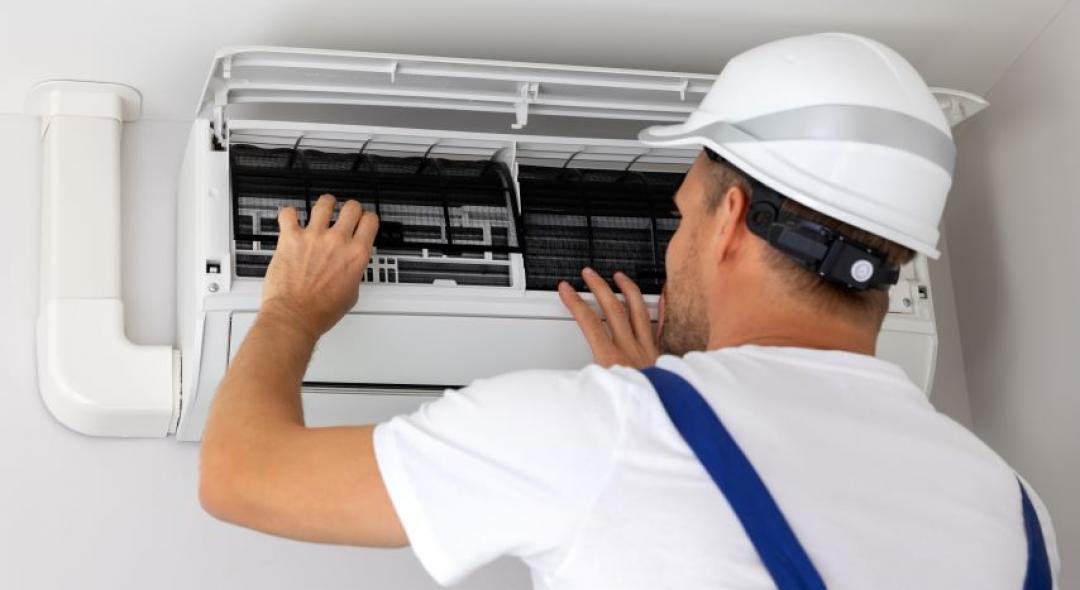It can be easy to give your kitchen cabinets a mini face-lift if you do not have the budget to replace them. This is an economic choice to make if you are bored of your tired old kitchen cabinets and wish to do something about them. These fixtures can easily become worn out and it can add great value to your home and kitchen if you stain and refinish your cabinets, so as to increase the lifespan of the cabinets and keep that kitchen looking as great as you desire.
Step 1: Remove the Doors

Begin by taking the hinges off the units and then removing the handles from the cabinets and doors. Then carefully place the doors onto a surface that is flat or on a workbench which is in a garage. Place all of the hardware components into a small container in order to keep track of them and reuse them later. Then use a drill with the appropriate bit placed onto it so as to speed up the process. To be especially budget friendly, you can also use a screwdriver.
Step 2: Clean the Cabinets
To begin taking off the grease and oil residue that has built up on the cabinet, you’ll need a cleaning solution that won’t hurt the wood. You can do this with a rag that has been covered with alcohol or mineral spirits. This will get rid of residue that made been left by cooking and other forms of caked on foodstuffs. Move the cloth over the surfaces, so as to get rid of any residue and replace the rag as often as it needs to be. Complete this process until your cabinet surfaces shine like new.
Step 3: Sand the Cabinets
Then start to sand down the cabinets with sandpaper that is around 220 grit. Apply strokes that are evenly pressured and work along the shape of the wood grain with a piece of sandpaper that is a quarter sheet and is folded into thirds. Turn the sandpaper over when one side becomes worn and be sure to use your fingers with the sandpaper to get in between the difficult mouldings and indentations that may be on the surface of the cabinet. Continue to sand the surface lightly and evenly. Then begin to apply a tack cloth so as to remove any dust that may have gathered on the cabinet. You can also lightly wipe the cabinet with mineral spirits if you desire.
Step 4: Apply the Stain
Once you have touched up the cabinets you can then apply the stain finish product so as to create an even color. You can also apply a touch up pen that matches the stain, so as to fill in any areas that are worn and are missing the finish. Once you have done this let it dry for a maximum of 10 minutes before wiping off any excess when the cabinet is dry. If there is any slight discoloring from the original shade then this will not matter after it dries. The specialty pen operates in a similar way to “Felt tip” pens.

You can then combine the polyurethane and stain products by stirring the liquids vigorously so as to make sure that it has been mixed thoroughly. The mixture may start settling if the product sits without being stirred for too long. It is also important to make sure that there is no pigment that is sitting at the bottom of the can. Be sure to select a color that is either the same color, or slightly darker than the shade that exists on the cabinet stain for the best results. It is also important to remember to not shake the can as this can create air bubbles in the stain-polyurethane combo which will leave tiny bubbles on top of the cabinet surface. These bubbles are incredibly difficult to remove after the product dries.
Begin painting the cabinet moulding and the trim areas first before making a start on the grain area. Then begin to apply the stain and finish product onto the flat areas of the surface of the cabinet. This is a single process so it is important to keep the strokes that you make even and in a regular style so that the finished coat is of a high quality. The final coat should be applied in a single direction. This is known as striking off. Try not to apply an over brushed style to the area and apply a second coat if you require a deeper and more intense color.
If any of these tips or recommendations seem confusing or difficult, please contact our professional, courteous cabinet refacing contractors. They’ll happily reface your old cabinets for a fraction of the cost of new cabinet installation. Find the best cabinet refacing contractors today to give your kitchen a brand new look quickly and affordably.
